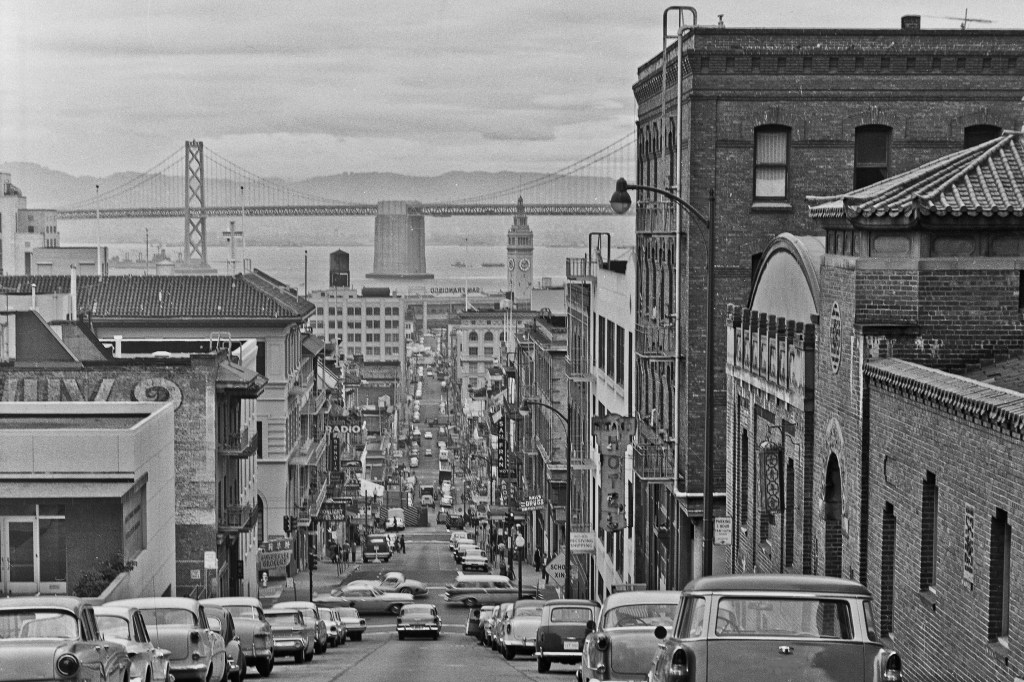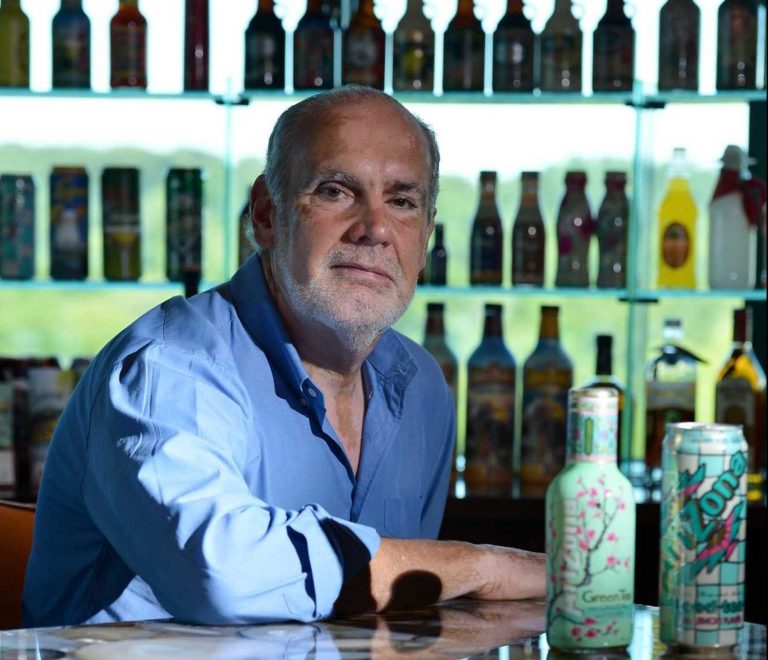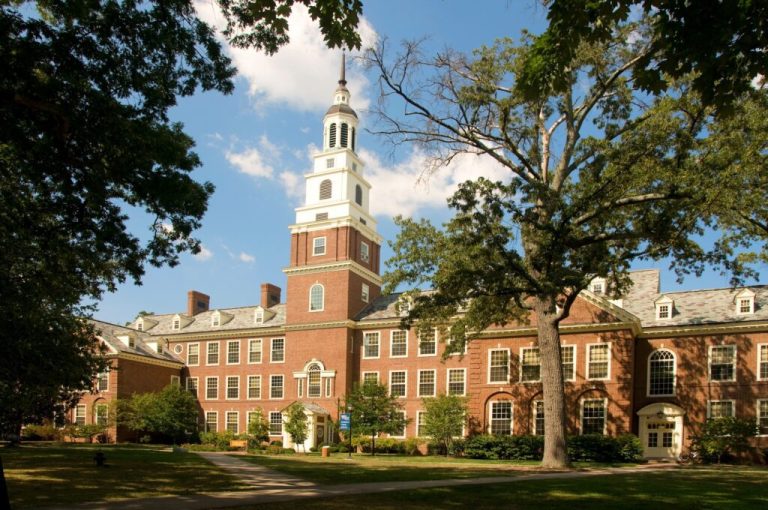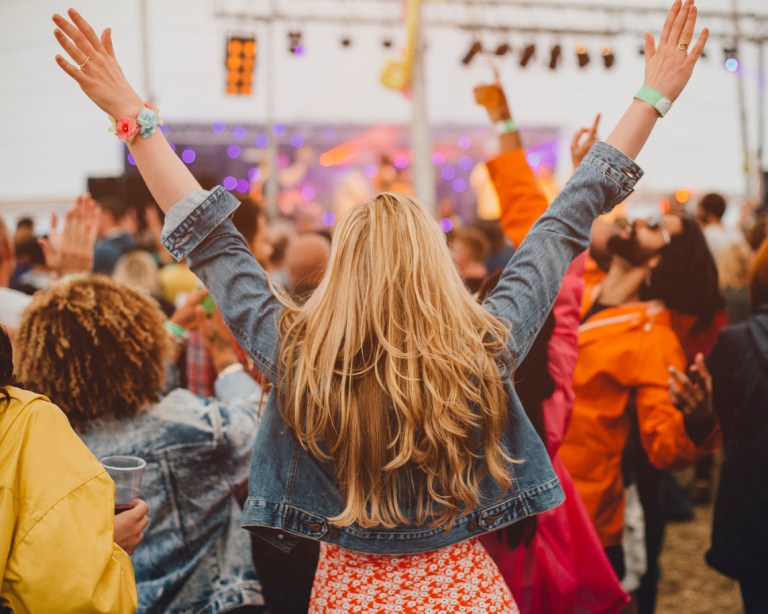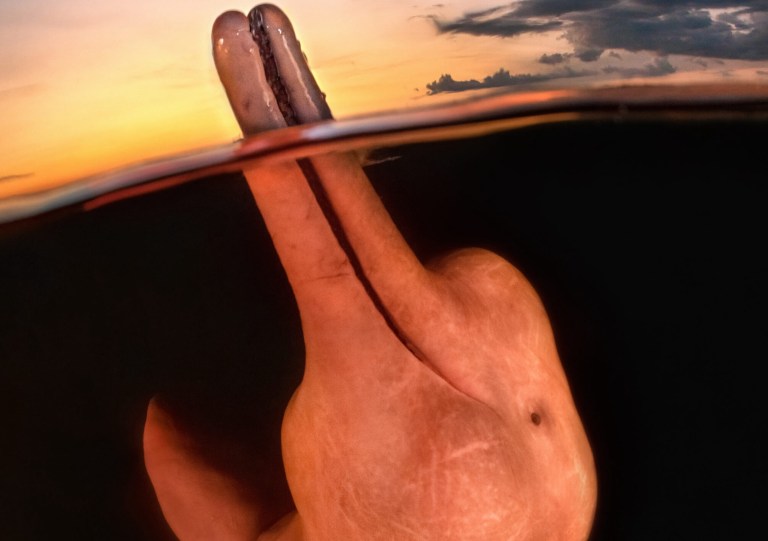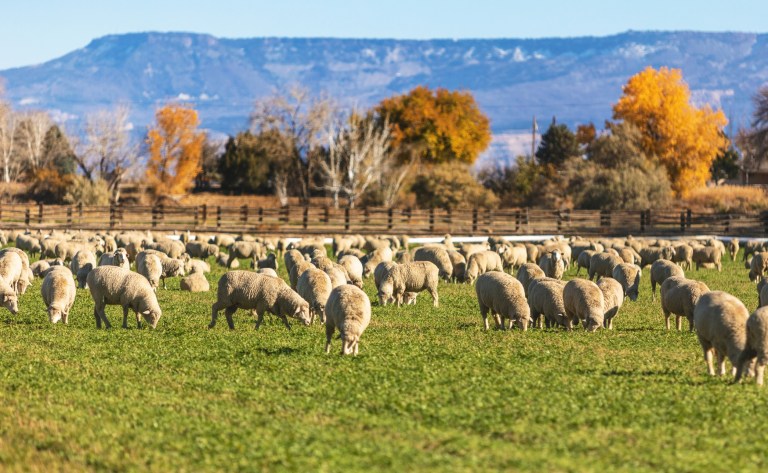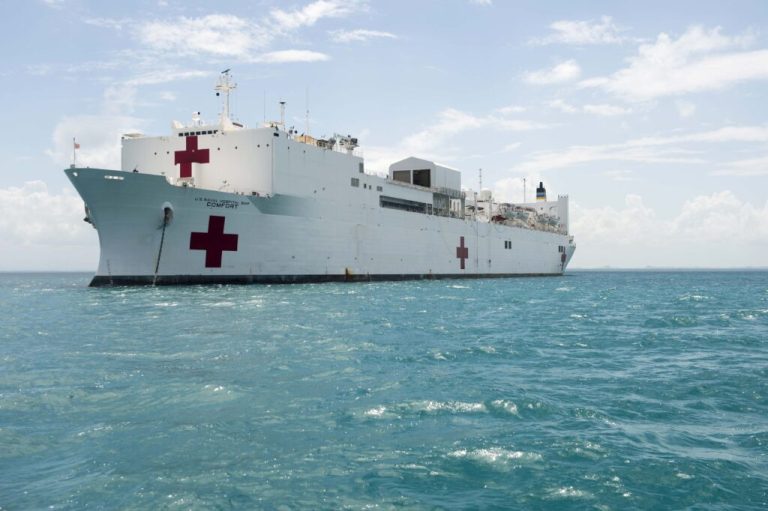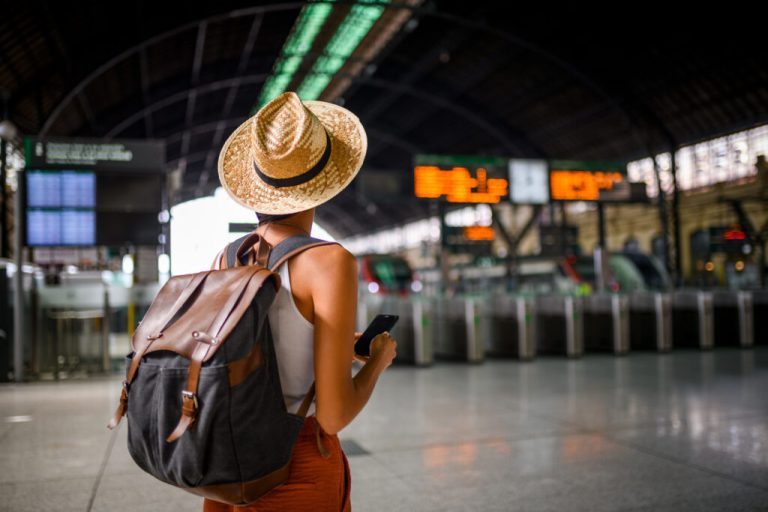Take it from Tony Bennett: The loveliness of Paris and the glory of Rome just don’t compare when you’ve left your heart in San Francisco. And as today is the 175th anniversary of the City by the Bay being incorporated, we’d like to invite you on a stroll through its history — which goes quite a ways back.
The first people to inhabit what we now call San Francisco were the Native Americans who called the region home for over 10,000 years. Per the National Park Service, the Ohlones and Coast Miwok peoples hunted, fished, and harvested there in seasonal rounds, and descendants of both still live in the area.
In the mid-16th century, Europeans made contact with California, but it would be another two centuries or so before they asserted control over the coastal locale. Spanish explorers and missionaries reached it in the late 18th century, raising the first Spanish flag on June 29, 1776 — considered by many the date of San Francisco’s founding — and establishing the Mission San Francisco de Asís (which is still standing). The settlers named their new encampment Yerba Buena, after a native plant.
Just over 500 miles south of the city, neighboring Mexico gained its independence from Spain in 1821, and a few decades later, following the Mexican-American War in 1848, California officially became a U.S. territory. It was then that the Bay city was renamed San Francisco.
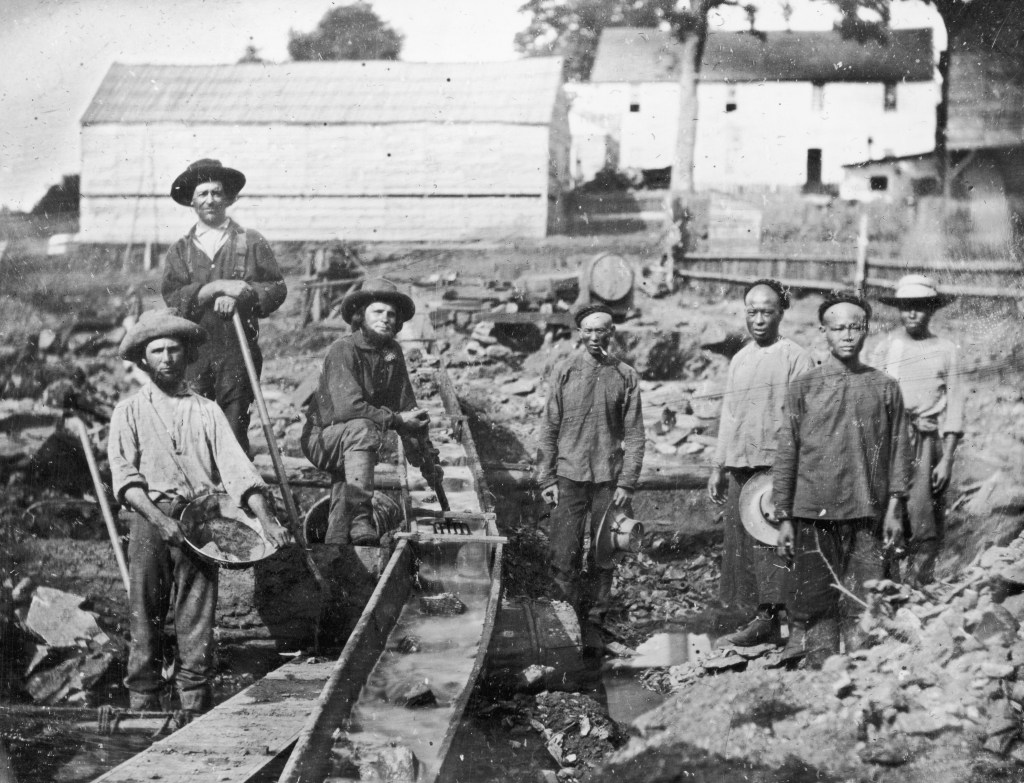
In 1849, gold was discovered in the region, and San Francisco’s population ballooned from around 1,000 to 25,000 in the span of a year, according to nonprofit Visit California. That influx “permanently altered” the city, most notably by expanding its ports. Around that time period, a wave of Chinese immigrants arrived, many of whom helped build the transcontinental railroad. The community established what is now the oldest Chinatown in North America and the largest neighborhood of its kind outside of China.
San Francisco was incorporated on April 15, 1890, which is fitting, as 415 happens to be the city’s primary area code. These days, residents celebrate “415 Day” with pub crawls, concerts, and other special events.

Jump ahead to 1906, and tragedy strikes. A 7.9 magnitude earthquake shook San Francisco, destroying 500 blocks, or about 80% of the city. It ruptured almost 270 miles of the San Andreas fault, and the ensuing devastation, which included buildings collapsing and fires breaking out, was “beyond the experience or imagination” of residents, per the California Department of Conservation.
A small, nearby island was left unscathed, however, leading officials to build the now-famous Alcatraz prison on it. The penitentiary closed in 1963, but remains a popular tourist destination.

Within nine years of the natural disaster, San Francisco had risen from the ashes, and in 1915 the city hosted a world fair that attracted over 18 million visitors. One of the buildings constructed specifically for the exposition is the Palace of Fine Arts, a sprawling Greco-Roman marvel that’s still open.
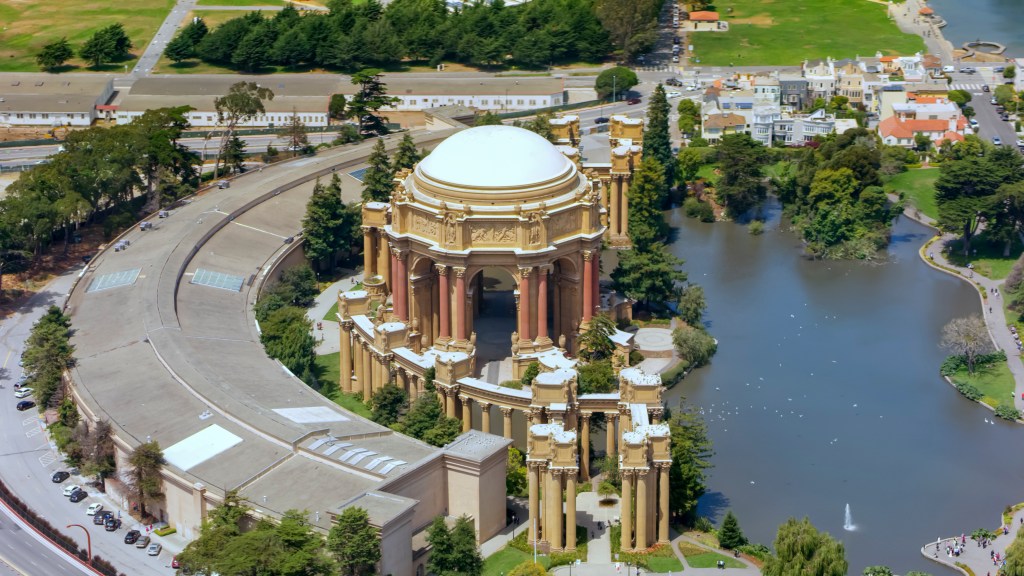
Arguably the most iconic of all the city’s landmarks is the Golden Gate Bridge, which stands at the entrance to the San Francisco Bay. Construction began on the orange, Art Deco structure in 1933, and it was completed a little over four years later. When it opened in 1937, it was the longest and tallest suspension bridge in the world. Interestingly, the roadway can rise and fall by as much as 16 feet depending on the temperature. Today, 40 million vehicles a year travel over it, and in 2024, safety nets were installed that have drastically reduced suicides there.
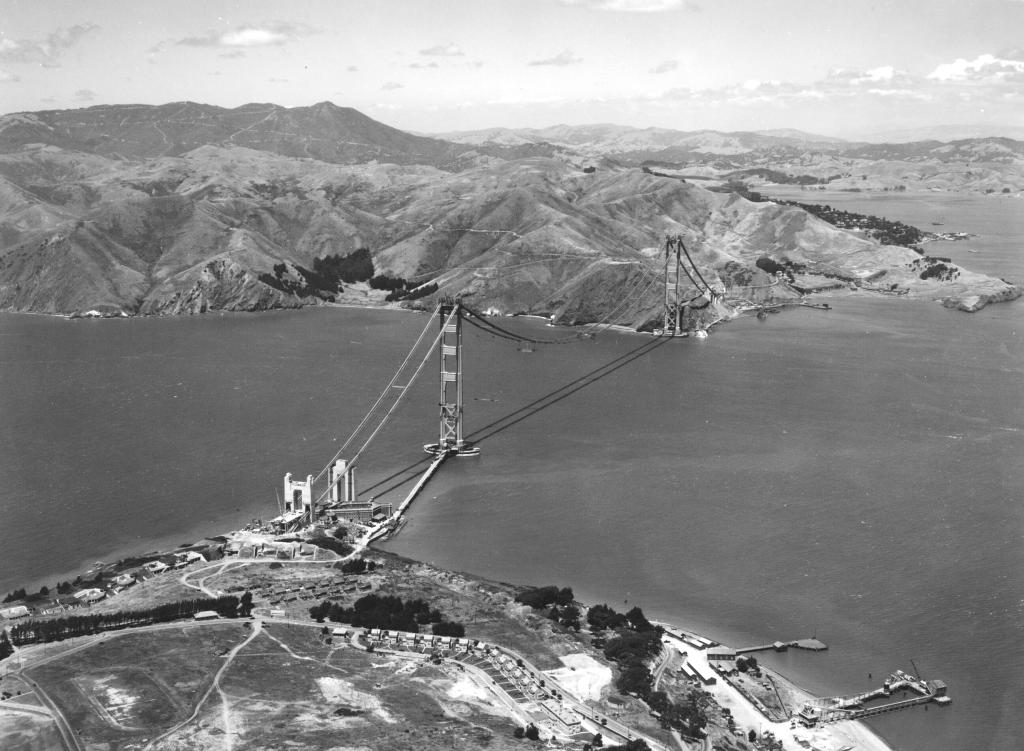
In the 1960s, San Francisco became a hub for members of a pacifist countercultural movement around love and freedom, spurred by opposition to the Vietnam War. Many of these so-called hippies made the working-class Haight-Ashbury neighborhood their base, and around 100,000 young people gathered there in 1967, taking part in what would be dubbed the Summer of Love.
The city also has a significant role in LGBTQ+ history, with the gay rights movement gaining momentum in the city in the ’70s and ’80s. San Francisco’s first Pride parade was held in 1972, and the rainbow flag debuted during the parade in 1978, per the San Francisco Chronicle.
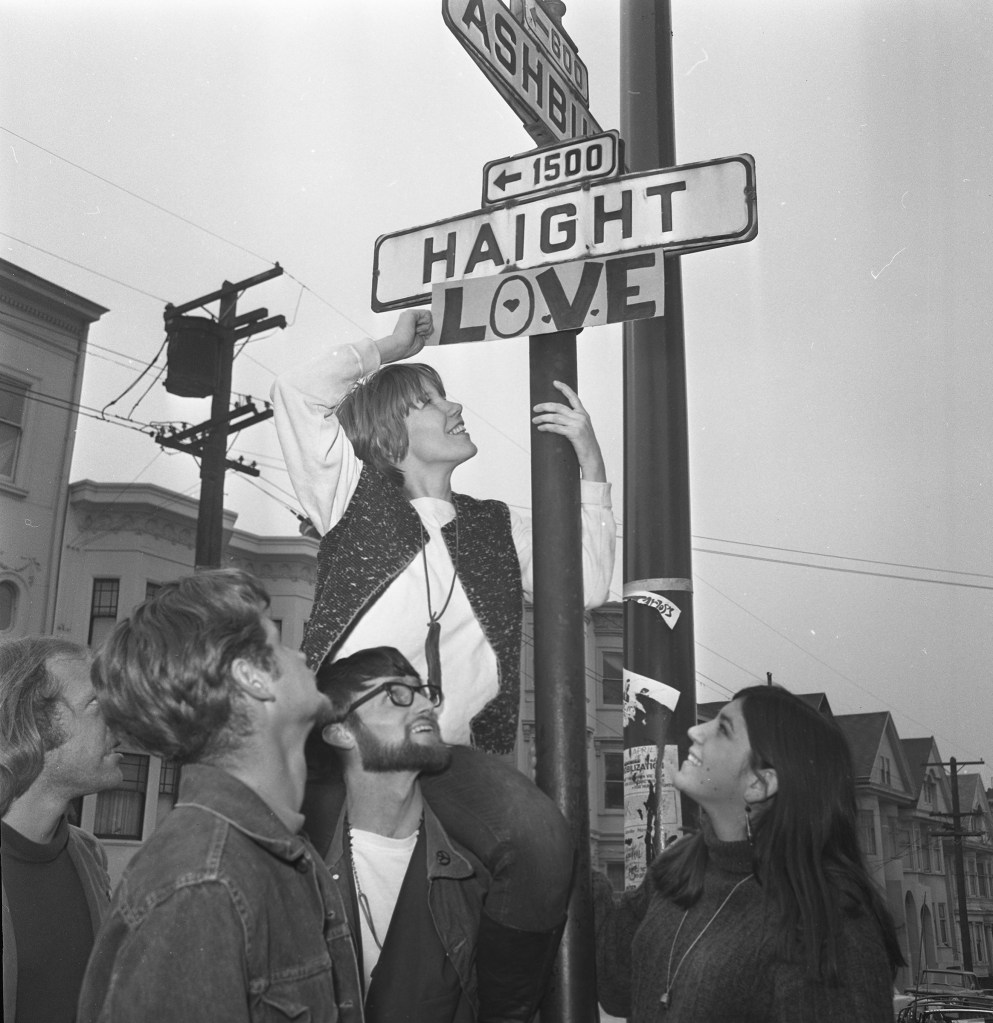
The dot-com era of the 1990s brought another wave of arrivals to the city, many of them tech wizzes who settled there for its proximity to Silicon Valley, where companies like Atari, Apple, eBay, Yahoo, PayPal, and Google were headquartered, Business Insider reports. In the early aughts, Facebook, Twitter, and Uber, joined their ranks.
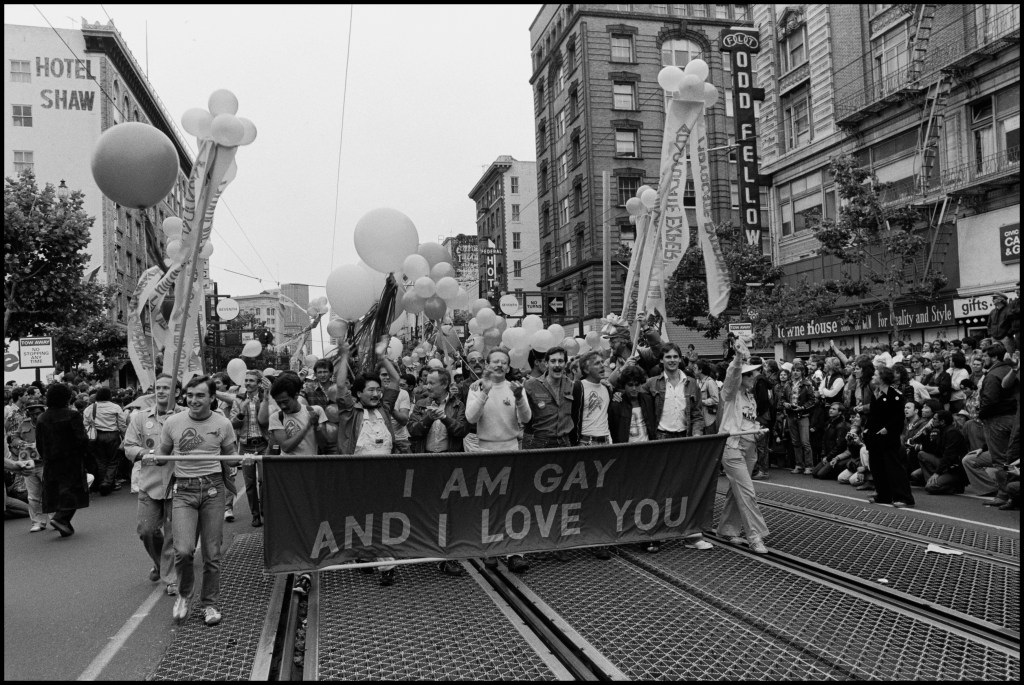
San Francisco remains a hub for culture and innovation, and while it’s often cited as one of the country’s most expensive cities, it also ranks as one of the happiest.
RELATED: Nation’s First Hydrogen-Fueled Ferry Set to Run in San Francisco (and It’s Free)
